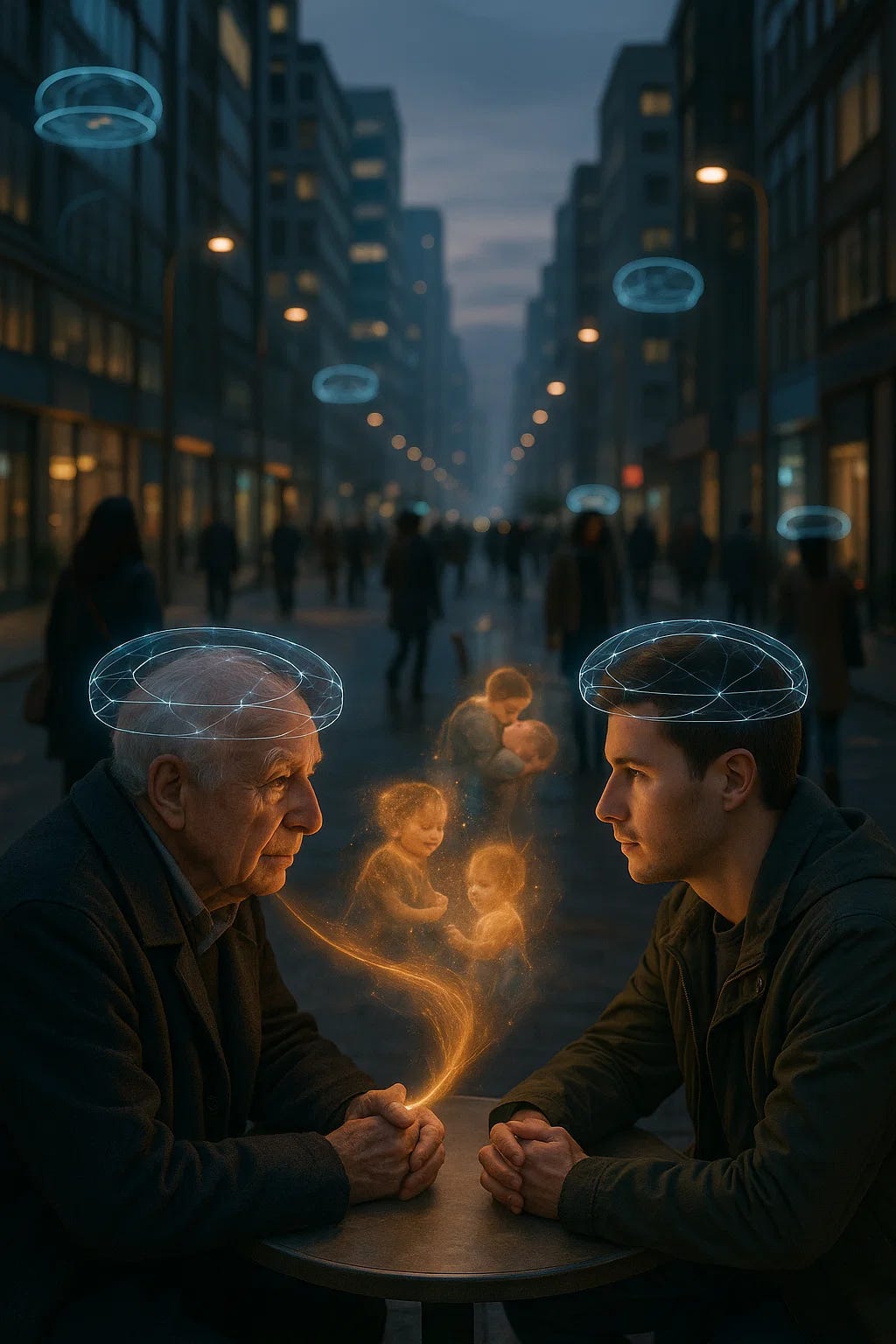How Light Could Revolutionize Medical Diagnostics | Mary Lou Jepsen
“What if you could diagnose stroke, treat cancer, and cure depression with a smartphone‑sized device that costs $1,000 instead of millions?”
What if the bulky, expensive machines that fill hospital radiology departments could be replaced by a wearable? In this episode, we speak with Mary Lou Jepsen — founder of Openwater and pioneering inventor — about how breakthroughs in light-based imaging could democratize access to brain and body scans.
From her work at Google X and Facebook’s moonshot labs to her current mission at Openwater, Jepsen has spent decades at the frontier of tech and health. Now, she’s building a future where scanning the body for disease is as simple as putting on a hat — no radiation, no giant machines, no $1M price tag.
We explore:
Why light could be the key to affordable, real-time medical diagnostics
How her device works — and what it might replace
What it takes to challenge the medical-industrial complex
Her vision for global healthcare access and early detection
Mary’s recommended resources
The Allen Institute for Brain Science - Founded by the late Paul Allen, this research institute focuses on understanding the brain's complexity.
Neuralink - The neurotechnology company founded by Elon Musk, which Mary Lou mentions receives a disproportionate amount of media attention.
The NeuroRights Foundation - An organization advocating for the protection of human rights in the age of neurotechnology, mentioned in the context of new laws in Chile and Montana.
Openwater - Mary Lou Jepsen's company, which is developing non-invasive devices to see inside the body and brain with high resolution.
Mary’s vision for the future
What if the technologies we fear most could help us become more human? In this vision, brain-computer interfaces don’t isolate or surveil us—they dissolve misunderstanding, cure mental illness, and expand our capacity for empathy. By increasing the bandwidth of communication and letting us truly “step into someone else’s mind,” neurotech could help overcome one of humanity’s oldest bottlenecks: ourselves.
Xhope library recommendations
TheNeurotechEU - An overview of the neurotechnology domain. Website/Blog
Neuralink: The Brain’s Magical Future - Tim Urban. An overview of Neuralink’s likely plans for Brain Computer Interfaces. Forum/blog-post
What To Expect From The Next Generation of BCIs - Sumner Norman. Seminar summarizing the state of the art and exploring the future of BCIs. Video
Community updates
Become a 2026 Foresight Existential Hope Fellow – apply by July 31st!
Our year-long program supports early-career scientists, engineers and innovators advancing beneficial technologies. Fellows are invited to our events and seminar groups alongside senior scientists and field leaders – with opportunities to present their work. We also offer career counseling and introductions to relevant researchers and funders.
Introducing 10 Billion — A New Movement for a Thriving Future
By 2060, the world may hold 10 billion people. That comes with real challenges — but also the chance to build a future where more of us can thrive.
10 Billion is a new effort to explore what that future could look like — one based on shared vision, human potential, and collective action.
Explore more on Existentialhope.com.





